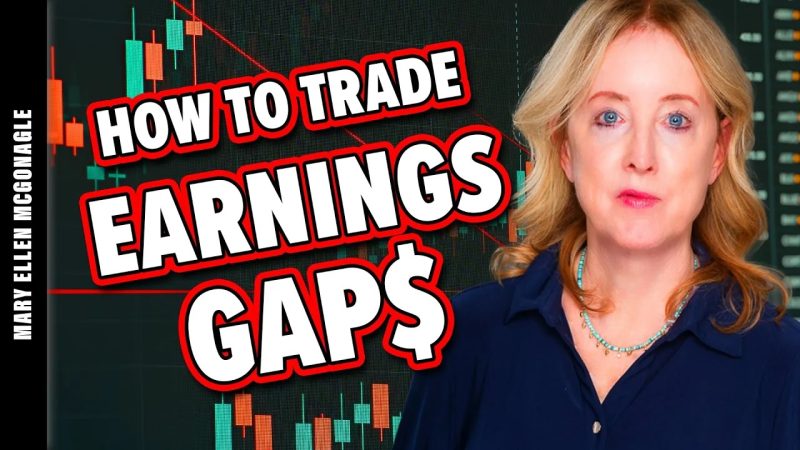Trading Gaps Up and Down After Earnings: A Practical Guide
What are Trading Gaps?
Gaps are spaces on a chart where price activity has skipped over, creating a void between the high or low of one candlestick and the next. In the context of trading, gaps occur when the price of an asset opens significantly higher or lower than its previous closing price. These gaps are typically caused by a major event, news release, or other market-moving catalyst.
Understanding Gaps Up and Down
Gaps can be classified into two main types: Gaps Up and Gaps Down. Gaps Up occur when the opening price is higher than the previous day’s high, resulting in a space on the chart. Gaps Down, on the other hand, happen when the opening price is lower than the previous day’s low. Both types of gaps indicate a significant imbalance in supply and demand, creating volatility and potential trading opportunities.
Trading Strategies for Gaps Up
When a stock gaps up after earnings, it signifies that investors are reacting positively to the company’s performance. One popular strategy for trading Gaps Up is the Gap and Go strategy. In this approach, traders look for stocks that have gapped up in the morning and then buy them with the expectation that the momentum will continue throughout the day.
Another strategy is the Gap Fill strategy, where traders anticipate that the price will retrace and fill the gap before continuing in the direction of the gap. By identifying key support and resistance levels, traders can enter positions to take advantage of the price movement.
Trading Strategies for Gaps Down
Conversely, when a stock gaps down after earnings, it suggests that investors are reacting negatively to the company’s results. Traders can employ various strategies to profit from Gaps Down, such as the Fade the Gap strategy. This tactic involves short-selling stocks that have gapped down, with the assumption that the price will rebound as the market overreacts.
Another strategy is the Continuation Gap strategy, where traders anticipate that the downward momentum will persist after the initial gap down. By waiting for a pullback or consolidation phase, traders can enter short positions to capitalize on the continued downside movement.
Risk Management and Considerations
Trading gaps can be rewarding but also come with inherent risks. It is essential to implement proper risk management strategies, such as setting stop-loss orders and position sizing, to protect against adverse price movements. Additionally, traders should conduct thorough research and analysis before executing trades based on earnings-related gaps.
In conclusion, trading gaps up and down after earnings can offer lucrative opportunities for traders who understand how to capitalize on market inefficiencies. By employing the right strategies, managing risks effectively, and staying informed about market developments, traders can navigate these gaps with confidence and potentially profit from them.

